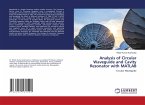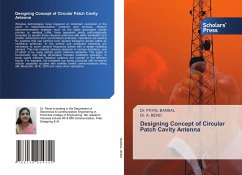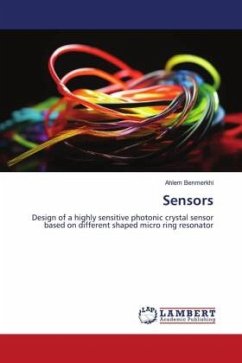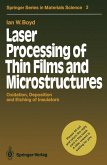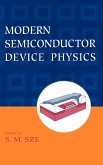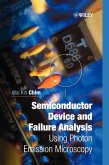Due to continued growth of the Internet and theintroduction of new broadband services there is aconstant requirement for higher speed communications.It is expected the optical communications systemswill evolve towards higher capacities by increasingindividual line rates. To implement these high-speedoptical networks e.g. operating at individual channelrates above 100 Gb/s, all-optical processingtechniques are investigated. In this work a novelapproach based on two photon absorption nonlinearitywithin a resonance cavity enhanced structure isexplored. The novelty of this work lies in theability of using a single photodetector forsequential monitoring of different wavelengthchannels, operating at line rates exceedingconventional electrical processing-speeds limits.Experimental work included characterization andtesting of the fabricated TPA micro-cavities for 160Gb/s RZ signal chromatic dispersion monitoring. Themain attribute of this work is the experimentalinvestigation of the performance of TPA basedmicro-cavity laboratory prototype, in amulti-wavelength high-speed optical system.
Bitte wählen Sie Ihr Anliegen aus.
Rechnungen
Retourenschein anfordern
Bestellstatus
Storno


